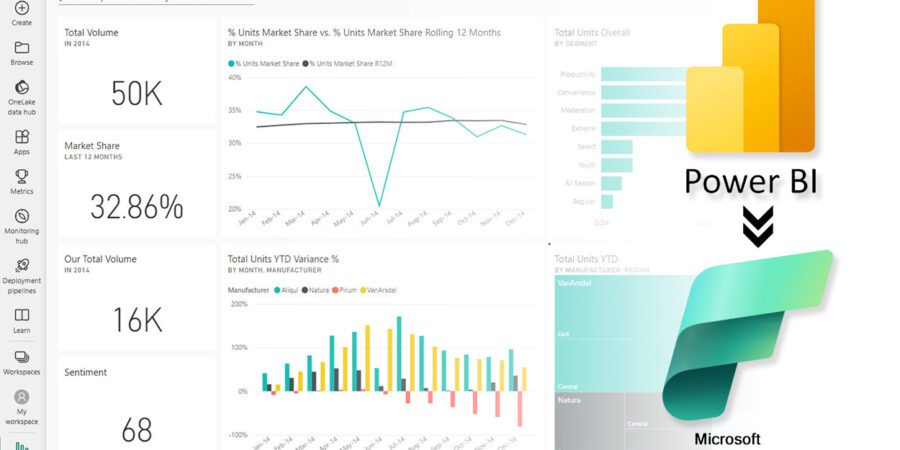Power BI Gets a Supercharge: What Microsoft Fabric Means for You (and How to Prepare!)
Microsoft unifies the business intelligence landscape by integrating Power BI with its brand-new Microsoft Fabric platform. This move will create a more unified and powerful data experience.
While some users might be concerned about the recent retirement of Power BI Automated Machine Learning (AutoML) models for Dataflows V1, it actually signifies a positive step towards a future-proof solution. Microsoft is encouraging users to adopt the new AutoML solution based on Synapse Data Science within Fabric, currently in preview. This offers a glimpse into the enhanced functionalities and capabilities users can expect.
Industry analysts like Charles Snodgrass are optimistic about the long-term vision. Fabric promises a centralized hub for all your data needs, encompassing data warehousing, real-time analytics, and, ultimately, a seamlessly integrated business intelligence experience with Power BI. Snodgrass emphasizes that this shift presents an opportunity, urging users to “be proactive in exploring the possibilities.”
The migration for certain functionalities, like the aforementioned AutoML models, may require more focus. While the complete Power BI integration timeline within Fabric isn’t set in stone, some services see a transition window of less than three months.
The key takeaway? By being proactive, you can turn this migration into a chance to get ahead of the curve. Here’s how you can become an early adopter of a powerful and unified data platform:
- Unlock New Capabilities: Evaluate your current Power BI setup. Identify areas where Fabric’s functionalities can enhance your workflows. Experiment with Fabric’s tools to see how they can streamline your existing Power BI processes.
- Embrace the Future of Data: Dive into the world of Fabric’s data tools. Experiment with their potential to streamline your existing Power BI processes.
- Chart Your Migration Journey: Develop a strategic plan to migrate your data and workflows to Fabric, ensuring a smooth transition and maximizing the benefits.
By embracing this change, Power BI users can become early adopters of a powerful and unified data platform. The future of business intelligence is bright, and Microsoft Fabric is here to illuminate the path forward!


